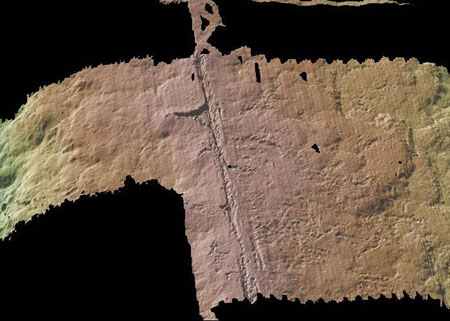Seismic Reflection Imaging of the Magma Reservoir
Beneath a Recently Erupting Region
of the Fast Spreading East Pacific Rise
By:
Suzanne Carbotte
Columbia University
| When: | Friday, April 20, 2012, 10:30 a.m. to 11:30 a.m. Join us for coffee beginning at 10:00 a.m. |
| Where: | Seminar Conference Room, 10100 Burnet Road, Bldg 196-ROC, Austin, Texas 78758 |
| Host: | Gail Christeson, UTIG |
Click for a Live Broadcast.

Abstract
The majority of all volcanic eruptions on earth occur far from view at the oceanic spreading centers that encircle the globe. Given the inaccessibility of this environment to direct observation, only a handful of volcanic eruptions have been detected to date. The northern East Pacific Rise between the Siquieros and Clipperton transform faults, is an active portion of the MOR where 2 volcanic eruptions have been detected over a 13 year time period. A recent multi-channel seismic (MCS) study in this region reveals the detailed structure of the crustal magma reservoir located ~1.5 km beneath the ridge axis that is the source body for the seafloor eruptions above.
3D MCS imaging reveals an axial magma body that is segmented on a fine scale with complex regions of overlap and offset melt zones defining 3 lens segments beneath the erupting region. Beyond the zone of 3D coverage, axially centered seismic lines acquired for the length of the EPR between 8°20'N-10°10'N, reveal numerous other disruptions in the axial magma lens reflection and undulations in magma lens depth over short spatial scales that define magma lens segments ~5-20 km in length. Dense sampling of axial lavas reveals steps in lava composition that coincide with magma lens disruptions and vertical magma delivery to the seafloor is inferred. Away from the axial zone, the new data reveal magma sills in the mid to lower crust up to 12 km away from the axis.
These off-axis magma reservoirs are the likely source of more evolved lavas typically sampled on the ridge flanks and may be associated with off-axis hydrothermal venting, which has recently been discovered within the region.




